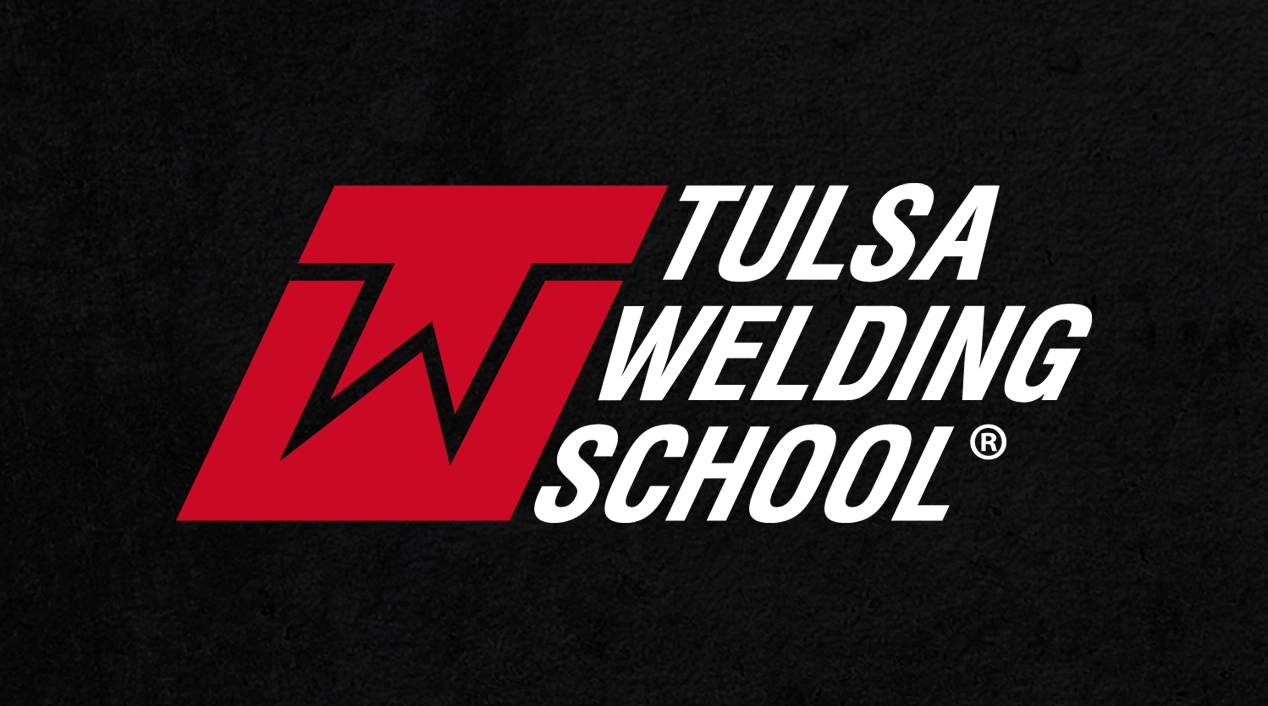TWS is a Great Training Option for Everyone
Learn more about how we can prepare you to advance your career.
Pipefitters work in a variety of settings, from new to historical and residential to industrial. They repair and install plumbing and pipe systems. A technical program like the Pipefitting program offered at Tulsa Welding School can teach students the necessary skills for a solid pipefitting career in six and a half months.
In addition to proper training, pipefitters need three skills to succeed. They must read blueprints, use advanced math and be able to operate industry tools.
Blueprints
An important part of pipefitting is to follow plumbing codes and plans for proper pipe placement and connection. Pipefitters need to be able to read well and interpret blueprints so that the work can be done right the first time. Understanding the mystery of blueprints means that pipefitters can walk onto a job, look at the plans and know how to successfully install a designated plumbing or pipe system that won’t leak. They must be able to interpret the blueprint plans to find the right location and know what size and types of pipes are used for the system. Reading plans accurately also ensures safety in repair work and testing.
Mathematics
Math plays an important role in pipefitting. Crunching numbers and converting fractions are learned in pipefitter training programs through mathematics classes. Sound math skills help with the right placement of pipes and welds for sound plumbing and piping systems. Leaks and safety issues can happen when pipes are put in the wrong place or cut to the wrong size.
Have You Considered a Career in the Skilled Trades?
Fill out the form to recieve a no obligation info packet.
Industry Tools
Pipefitters measure, cut and bend materials to make them the right length and fit the layout plans. These workers use industry tools and equipment such as tape measures, torches, saws and pipe benders to complete installations and repairs. Poor workmanship and faulty connections lead to unsafe conditions on the job and may prevent a building from passing code inspections. Pipefitting training teaches students how to use these tools and gives pipefitters the necessary foundation to produce quality work up to industry standards. A pipefitter’s skills of using math, reading blueprints and knowledge of basic industry tool operation will supply a strong base for a successful pipefitting career. Practical training in a vocational program will help workers sharpen these skills to land good pipefitting jobs.
Contact Tulsa Welding School
These three skills can help lead to can be gained in a pipefitting training program from an institution like Tulsa Welding School. For more information on our Pipefitting program, contact Tulsa Welding School today and a representative can answer any questions you may have and help you get started on your application.
Resources:
https://www.tws.edu/programs/pipefitting
http://www.onetonline.org/link/summary/47-2152.01
http://www.bls.gov/ooh/construction-and-extraction/plumbers-pipefitters-and-steamfitters.htm
http://www.bls.gov/ooh/construction-and-extraction/plumbers-pipefitters-and-steamfitters.htm#tab-2
http://www.indeed.com/forum/job/pipefitter/Top-pipefitter-skills-needed-get-job/t20724
This blog has been labeled as archived as it may no longer contain the most up-to-date data. For a list of all current blog posts, please visit our blog homepage at https://www.tws.edu/blog/







